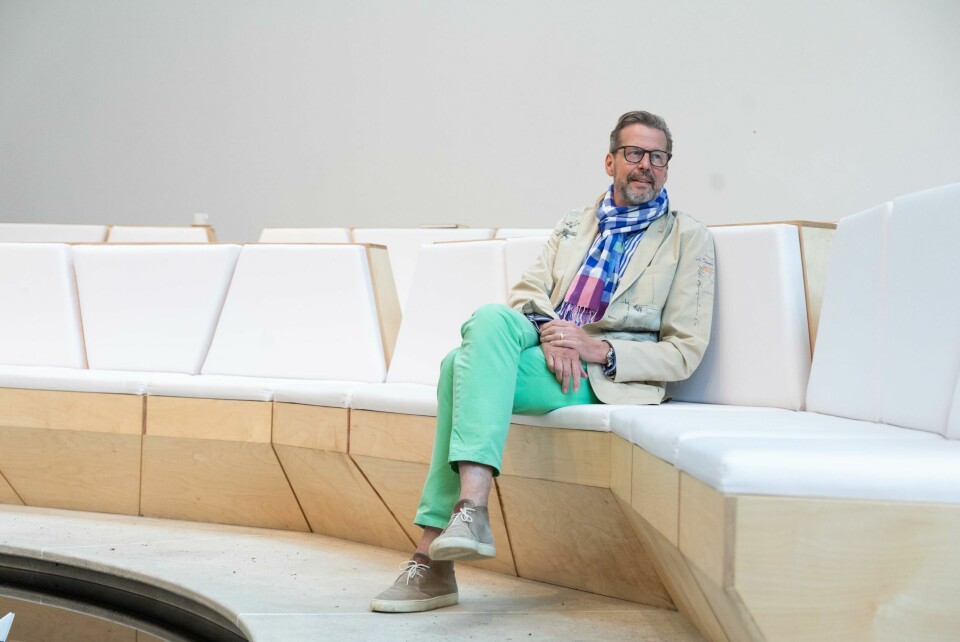
Stefan Sielaff: “Geely really invests in design”
Stefan Sielaff of Geely Auto Group describes why the ever-quickening speed of development has reached its limit and the rise of the steady counter movement
There’s been a bit of a renaissance in the wider car design world recently. New ideas have been forming, there have been more show cars again after the pandemic, and a lot of companies are ramping up, through concept and production car unveils.
There are something like 300 car companies in China just concentrating on the Chinese market. It can’t continue like this. Some start-ups have good ideas but there needs to be consistency and continuity. Some will not survive. You need factories, marketing, sales and R&D. If you want a serious business proposal you need a portfolio of products hitting the market with the next generation planned, plus facelifts in-between. This is not going to change.
People don’t want to wait. Wanting the ‘newest and latest’ so fast is forcing the whole industry to deliver things in a two-year cycle now
What is changing, is the speed of development. Chinese companies are now delivering products at a top level in just two years while the Europeans are still discussing reducing development time from five to four years. This is the big difference I notice. You could also ask the philosophical question: ‘why is speed so important?’ A baby takes nine months and if you accelerate the process, it doesn’t work.
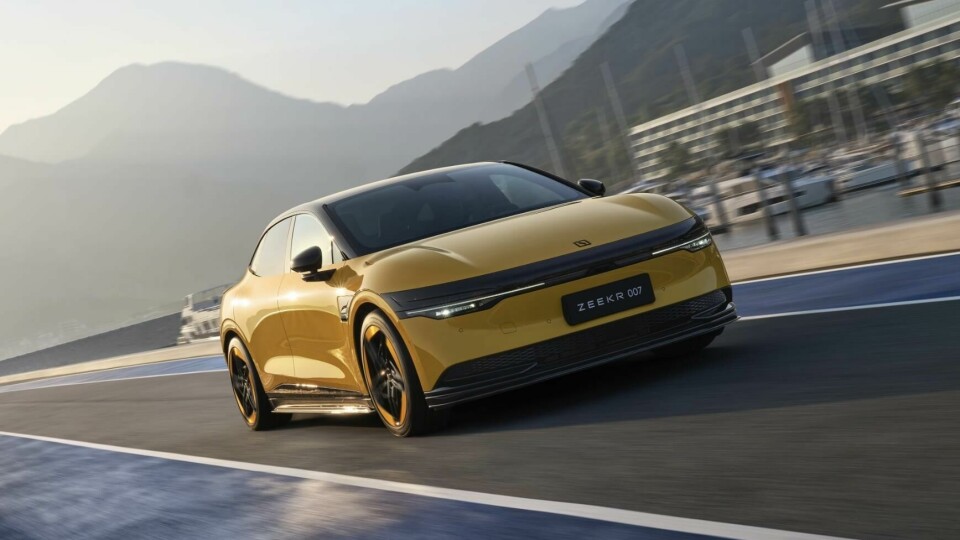
In China, it’s almost like the kind of economic miracle that happened in the United States or in certain parts of Europe after the second world war.
This is a counter movement. Zeekr is on a volume growth path and therefore also so is its portfolio
People don’t want to wait. Wanting the ‘newest and latest’ so fast is forcing the whole industry to deliver things in a two-year cycle now. But we are still creating a product that’s a dynamic object and must fulfil quality, safety, security and software requirements. I don’t think it makes sense – and it’s also not possible – to do it much faster.
The industry cycle might even come back to the point where, in the luxury segment especially, carefully curated icons are created more steadily instead of ‘new, new, new’ and all of the time different. From a design point of view, a good example might be something more stable, like a Porsche 911.
This is a counter movement. Zeekr is on a volume growth path and therefore also so is its portfolio. Since Zeekr began as a brand in 2021, it has delivered around 340,000 vehicles. That’s an impressive performance. The main products are the 001, 009 MPV, 007, X urban SUV and most recently the 7X and Mix.
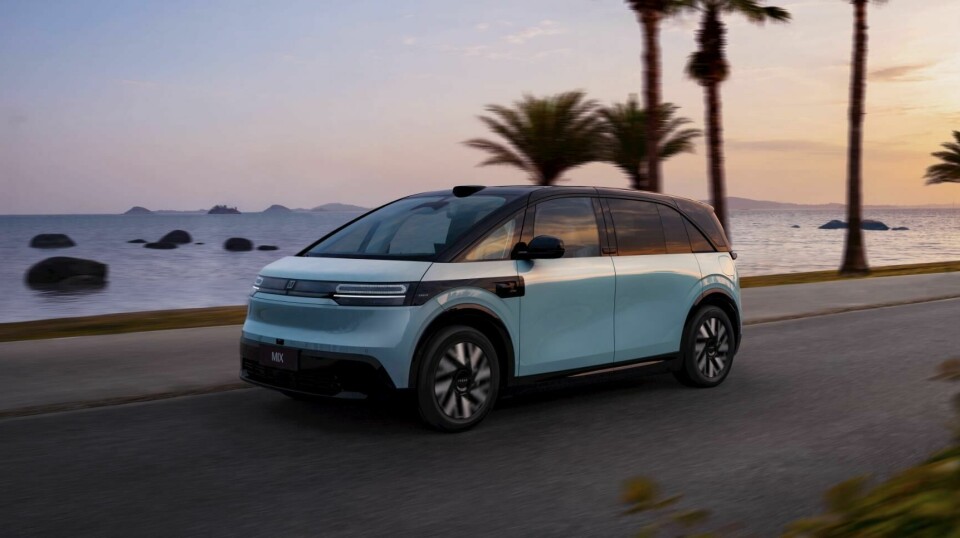
Zeekr is a mixture of technology and human-centric design. This kind of yin and yang is very important. We will have one Zeekr brand all over the world, which generates a certain momentum and trust. I was at an opening for Zeekr in Dubai recently and the dealers were very open-minded. People there think Zeekr is a luxury brand because when you look at our products, the perceived quality is at a luxury level. There is a high affinity with technology delivered by Zeekr that is better than many other brands.
A good example of that human-centric approach can be seen in the ‘zero gravity’ seats on the passenger side of the Zeekr X. For a car in this segment and size, that’s unusual – something you normally only see in firstclass aircraft compartments, private jets or super-luxury cars. There’s also this flip-up rear seat base which reveals a compartment where you can put large bags securely. It’s easy and quick and means you don’t have to open the boot.
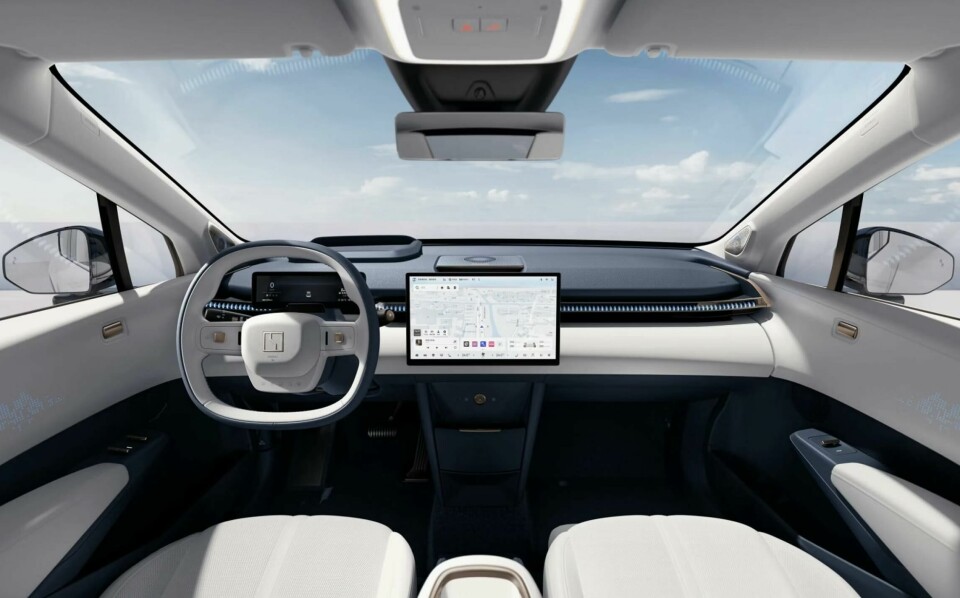
The Zeekr X also features a moving display and in the 007 model there’s the Stargate light band system which gives occupants the chance to communicate with other participants within traffic. It’s delivering something more than you might expect.
The winning candidates are always holistic personalities who really ask questions and provoke not only themselves but the rest of the team
In terms of Group design structure, I’m in close contact with the design leaders of Volvo and Polestar in Gothenburg and Lotus and LEVC in the UK. Sometimes I talk about Geely’s Smart joint venture with Mercedes’ Gordon Wagener and then of course there’s China. We visit each other to learn and help. What are the common parts strategies we can use? And what things are best avoided, to not overlap in product terms.
I’m in the lucky situation of having known almost all the design leaders in the Geely Group personally for a longer period of time than just in my current role.
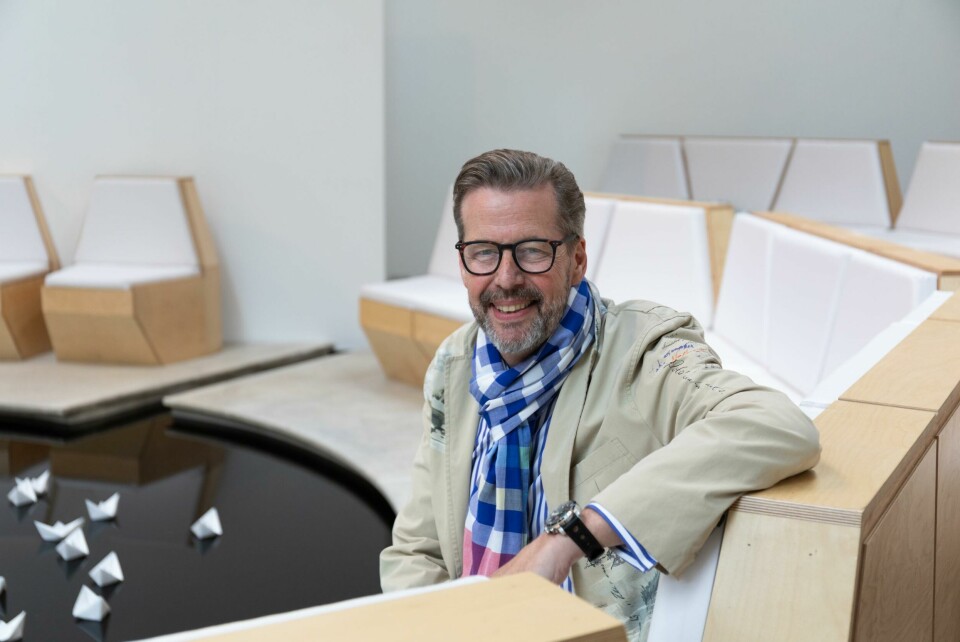
In terms of new designers joining, we do paid internships from colleges and if we show interest in what they do, we take them on. That’s the normal process. The winning candidates are always holistic personalities who really ask questions and provoke not only themselves but the rest of the team. You need strong characters.
It’s easy to convince designers to come to us because they can see that Geely really invests in design. In Gothenburg there are three design studios, and at the Geely Global Design Center – dealing with Lynk & Co and Zeekr – there has been a high investment. Polestar has a fantastic new studio too. Things are happening here and students can feel it.



